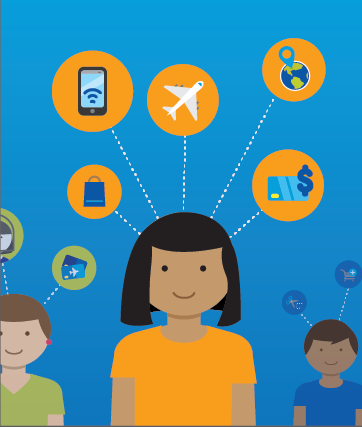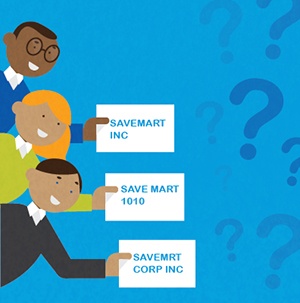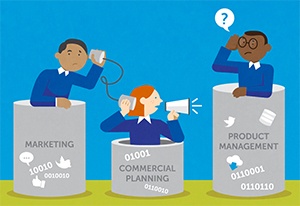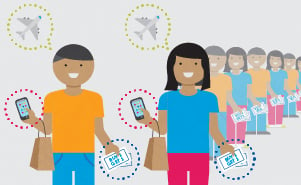Any time you sign onto a long-term agreement for your company, you're making a major commitment. These five critical considerations should make the decision-making process a little easier.
Buying Big Data software and services is a Big Deal — regardless of the size of your organization. The category is ambiguous: There are too many providers offering too many flavors of Big Data software and services, and implementing the wrong or inadequate tools and technologies can derail your efforts. In addition, technology and business needs are evolving quickly, so companies need a solution that is agile and doesn’t become obsolete in five years. In the same vein, once a certain path is chosen and a significant investment is made, companies may be stuck with that decision for years to come. And finally, while your organization likely knows it needs a Big Data solution, those who make the purchasing decisions may not have a full understanding of all the disciplines involved in deploying one to fully exploit its benefit and transform your business.












